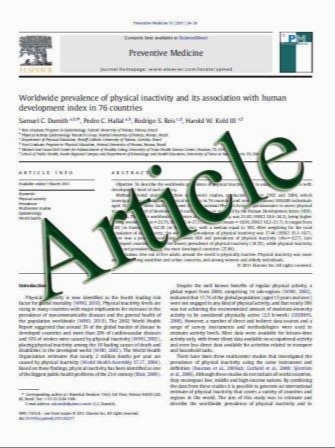Necrotic cell death in atherosclerosis
- نوع فایل : کتاب
- زبان : انگلیسی
- مؤلف : Wim Martinet Dorien M. Schrijvers Guido R. Y. De Meyer
- چاپ و سال / کشور: 2011
Description
Necrosis is a type of cell death characterized by a gain in cell volume, swelling of organelles, rupture of the plasma membrane and subsequent loss of intracellular contents. For a long time, the process has been considered as a merely accidental and uncontrolled form of cell death, but accumulating evidence suggests that it can also occur in a regulated fashion. Morphological studies using transmission electron microscopy indicate that the vast majority of dying cells in advanced human atherosclerotic plaques undergo necrosis.Various stimuli in the plaque including high levels of oxidative stress, depletion of cellularATP, impaired clearance of apoptotic cells and increased intracellular calcium may cause necrotic death. Although the role of necrosis in atherosclerosis remains ill-defined, a growing body of evidence suggests that necrotic death stimulates atherogenesis through induction of inflammation and enlargement of the necrotic core. In addition, necrosis contributes to plaque instability by releasing tissue factor, matrix degrading proteases and proangiogenic compounds. Therapeutic agents against necrosis are limited, but efforts have recently been made to inhibit the necrotic pathway or its pro-inflammatory effects
Basic Res Cardiol (2011) 106:749–760 Received: 18 March 2011 / Revised: 10 May 2011 / Accepted: 11 May 2011 / Published online: 25 May 2011


